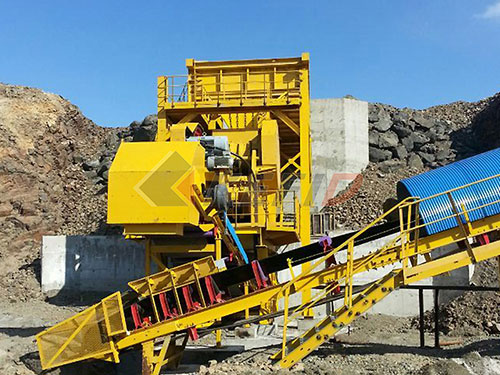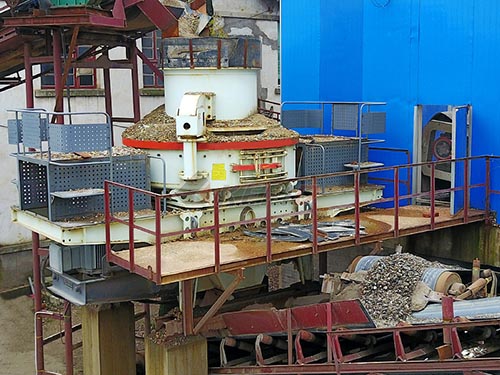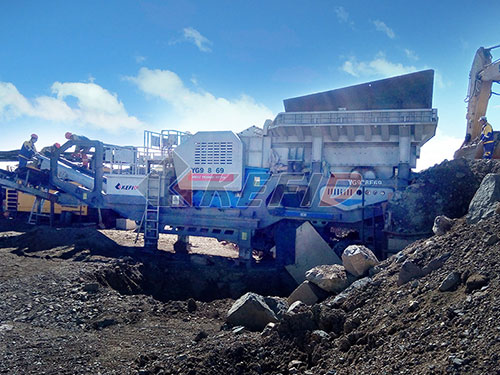Beyond A Single Number: Understanding Crusher Plant Weight
The question “What is the weight of a crusher plant?” seems simple, but the answer is far from straightforward. Unlike asking for the weight of a specific car model, crusher plants are highly customized industrial systems. Their total weight is a complex variable influenced by numerous factors, making a single figure impossible and potentially misleading. Understanding why it varies and what contributes to it is crucial for practical applications like transportation logistics, foundation design, and site planning.

Determinants of Crusher Plant Weight:
1. Plant Type & Mobility:
Mobile Crushers (Tracked/Wheeled): Designed for frequent relocation. Weight is a critical design constraint impacting mobility (ground pressure, bridge laws) and transport requirements. A typical mobile jaw crusher might range from 30 to 90+ tons, while larger mobile cone/impact crushers or screening units can reach 100 to 200+ tons. Complex multi-stage tracked plants can exceed 400 tons.
Semi-Mobile / Modular Plants: Larger than mobile units but designed for infrequent moves using heavy transport (SPMTs). They offer more capacity than mobiles but less permanence than fixed plants. Weights typically range from 200 tons to well over 1,000 tons per module.
Fixed / Stationary Plants: Built on-site with foundations designed for decades of operation. Size and weight are virtually unlimited by transport constraints. Weights can easily range from 500 tons for smaller setups to several thousand tons for large primary-secondary-tertiary complexes processing high volumes.
2. Crusher Type & Size:

The core crushing machine itself is a major contributor.
A small jaw crusher might weigh 5-20 tons, while a massive primary gyratory crusher can weigh over 400 tons alone.
Cone crushers, impactors (HSI/VSI), roll crushers – each type has its own weight profile based on size and capacity requirements.
3. Feed & Discharge Systems:
Heavy-duty steel feed hoppers add significant weight (10s to 100s of tons).
Conveyors (length, width, incline) contribute substantially – frames, idlers, pulleys, belts, drives all add up.
Vibrating grizzly feeders or apron feeders under the hopper

Leave a Reply